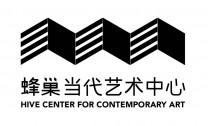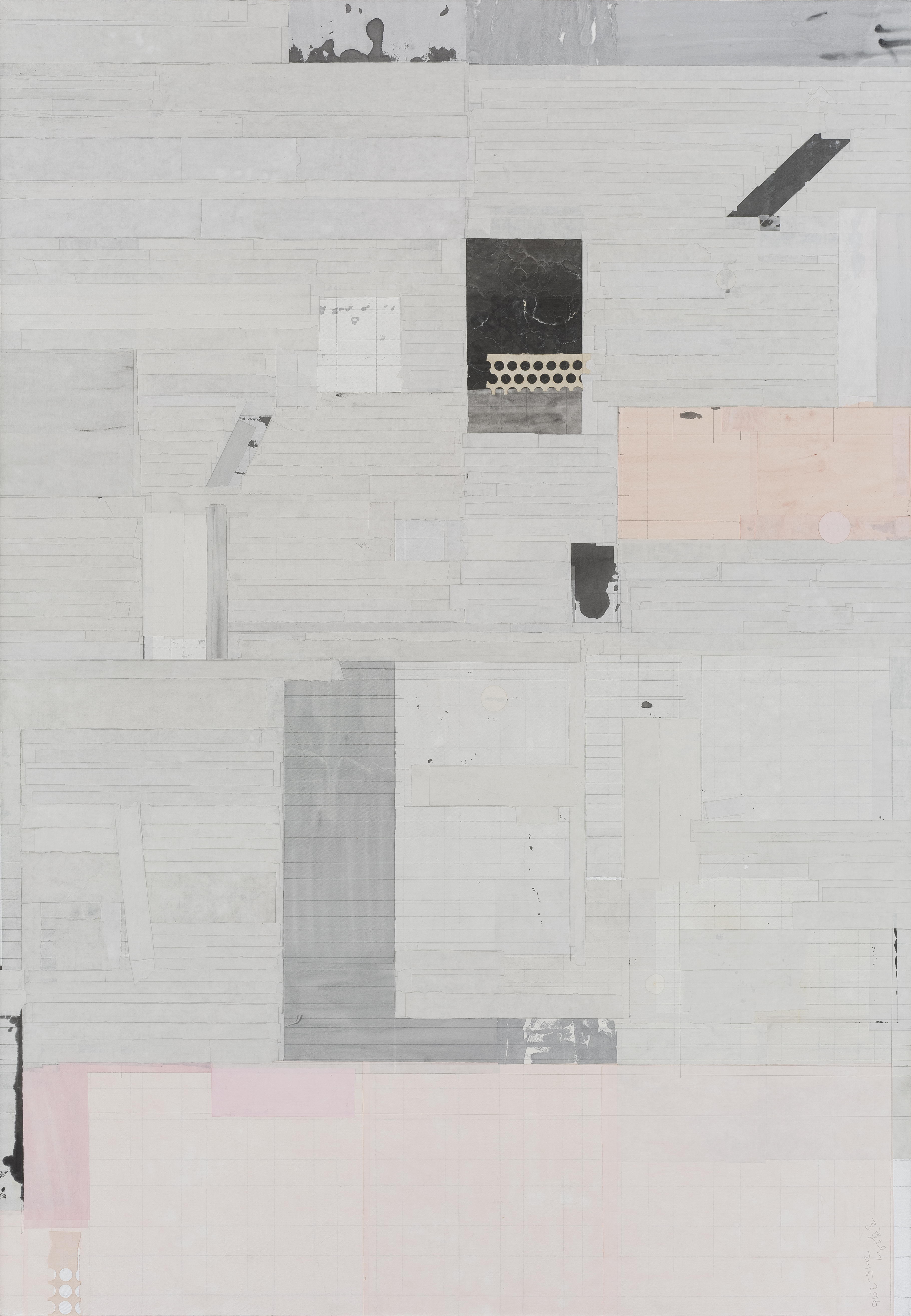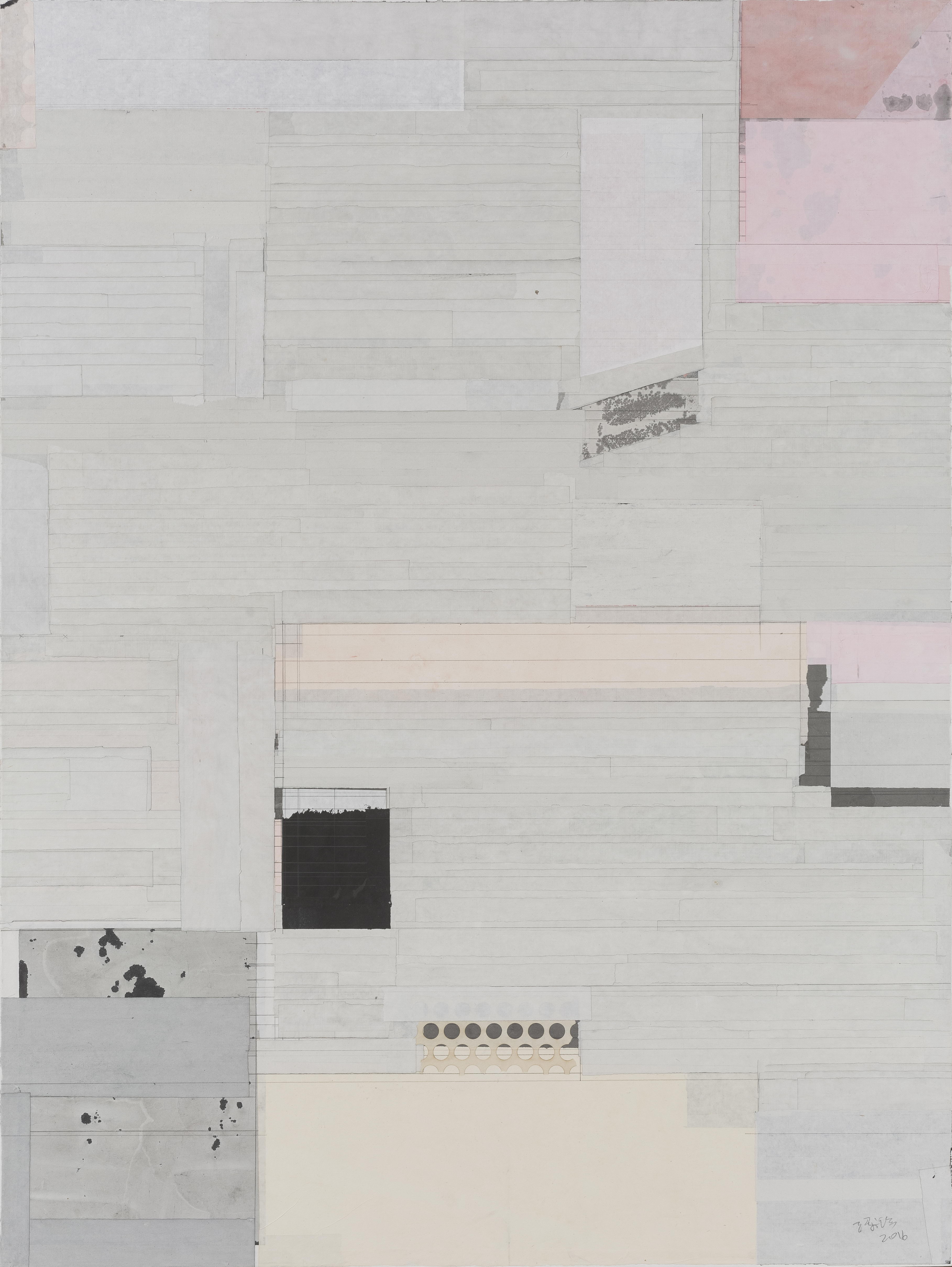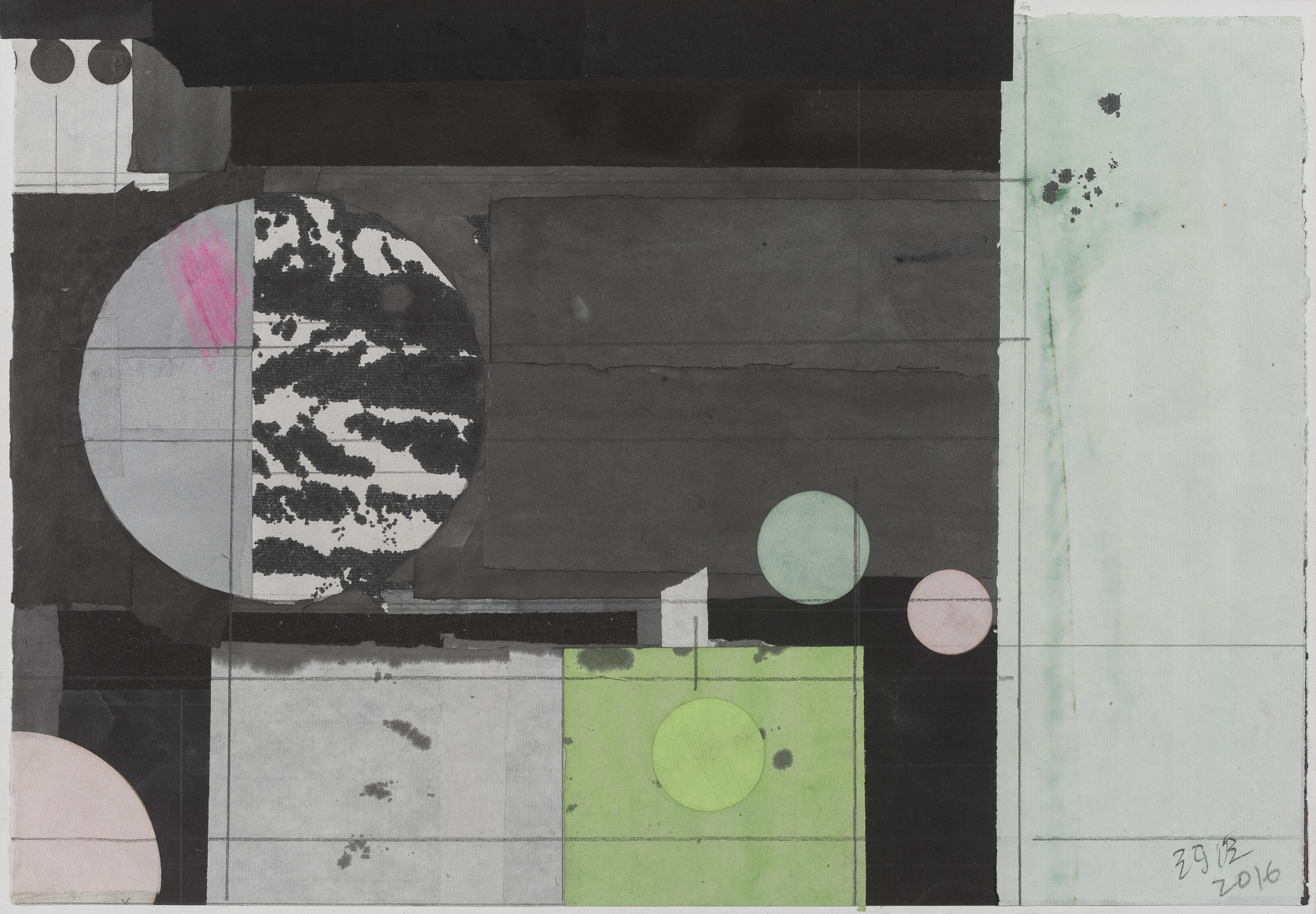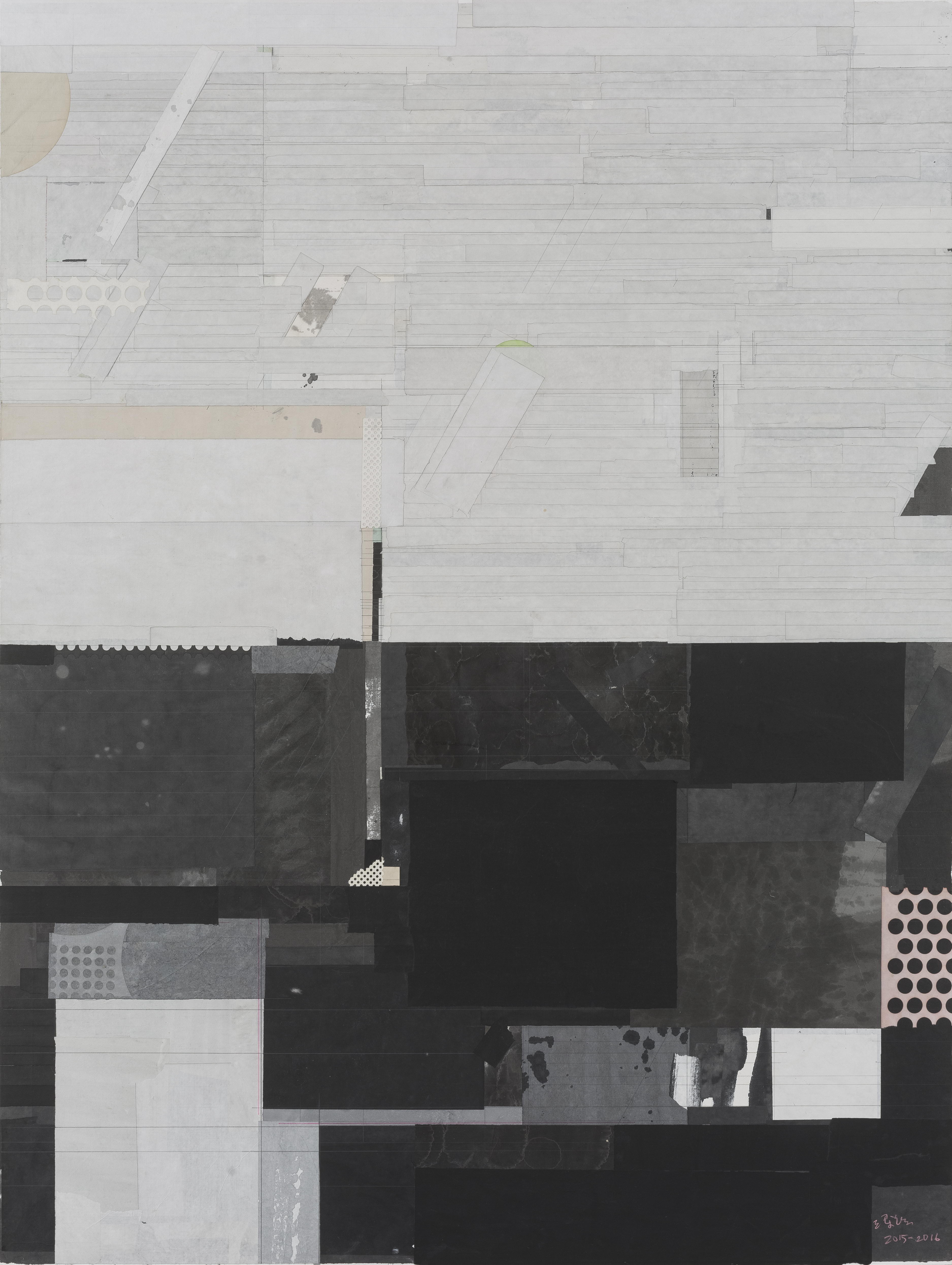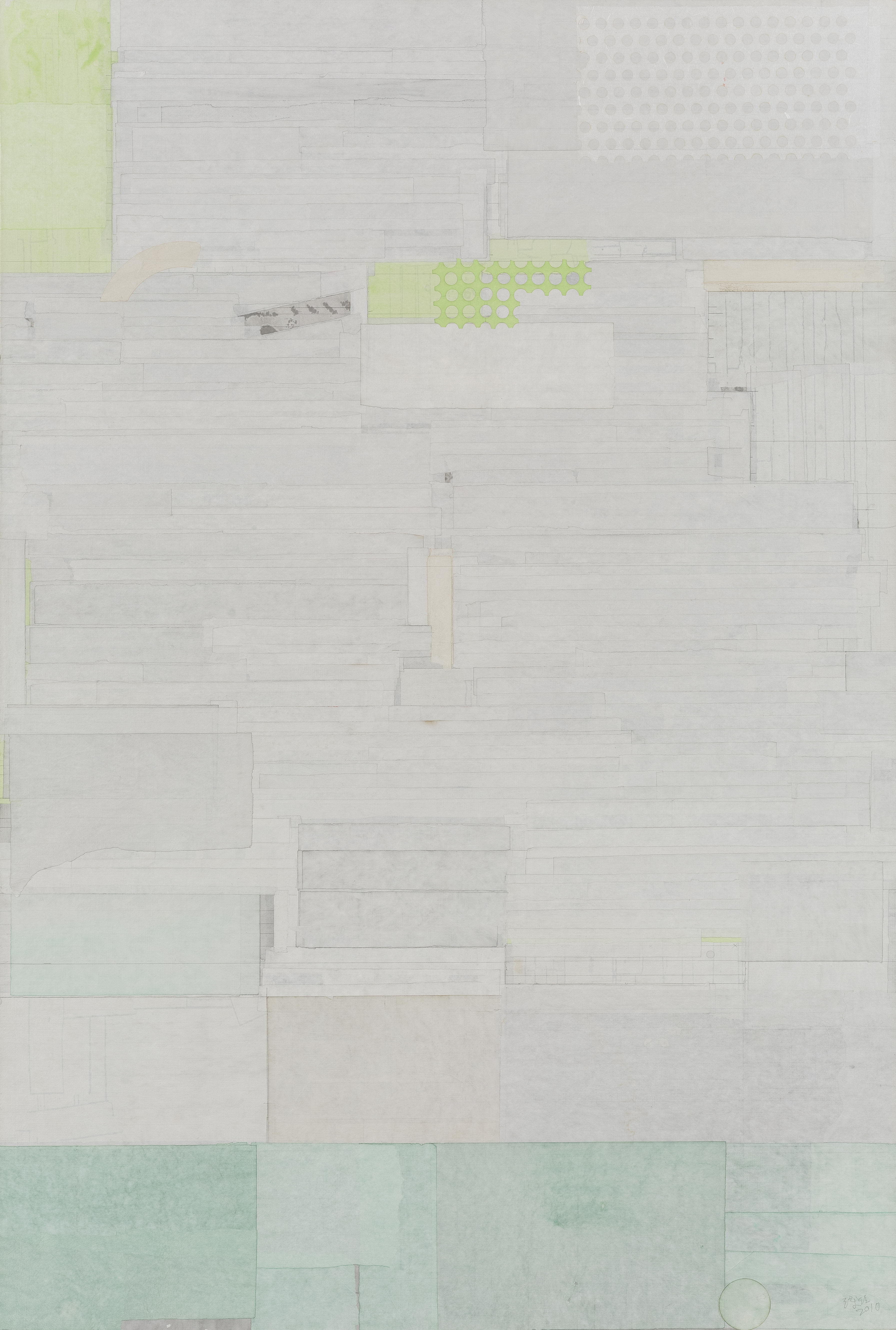- 资质:诚 艺
- 评分:
1分 2分 3分 4分 5分 6分 7分 8分 9分 10分 8.4分
- 印象:
- 经营时间:17年
- 展厅面积:
- 地 区:北京-朝阳
被遗忘的典范: 梁铨创作与潇湘八景美学传统
- 展览时间:2017-03-04 - 2017-04-07
- 展览城市:北京-朝阳
- 展览地点:酒仙桥路四号798艺术区E06蜂巢当代艺术中心
- 策 展 人:夏季风
- 参展人员:
展览介绍
艺术家| Artist:梁铨| Liang Quan
策展人|Curator: 夏季风| Xia Jifeng
开幕时间| Opening:2017.3.4 16:00
展览时间| Exhibition Dates:3.4 - 4.7.2017
主办| Organizer:
蜂巢当代艺术中心| Hive Center for Contemporary Art
协办| Co-organizers:
伍拾伍号院子艺术空间| No.55 Art Space
天物| Tian Wu
场景营造|Installation Advisor:
仲松| Zhong Song
地点|Venue:
蜂巢(北京)当代艺术中心| Hive Center for Contemporary Art (Beijing)
地址|Add.
北京市酒仙桥路4号798艺术区E06 |
E06, 798 Art Distrct, Chaoyang Distrct, Beijing, China
蜂巢(北京)当代艺术中心荣幸地宣布,2017年开年首展将推出“被遗忘的典范:梁铨创作与潇湘八景美学传统”。作为蜂巢代理的重要艺术家,梁铨先后在蜂巢展现“烟色轻染:梁铨个展”(2013)、“蓄素守中:梁铨三十年绘画作品展”(2015)等重要个展。此次展览,艺术家将携其最新近作,以“潇湘八景”作为创作主题,勾连传统美学与当代艺术之间的脉络,呈现传统视觉典范对于当代艺术创作的影响,并探讨由此带来的与众不同的艺术路径以及拓展将来创作的可能性。展览由夏季风担纲策划,由蜂巢当代艺术中心主办,伍拾伍号院子与天物共同协办,本次展览场景营造由仲松担任。展览将于3月4日开幕,持续至4月7日。
出生于1948年的梁铨,是上世纪“文革”后首批留学国外的当代艺术家,也是中国当代艺术中最早从事抽象创作的重要艺术家之一。他于1981年留学美国旧金山,亲历了西方后期抽象表现主义思潮,从而使他的艺术风格糅合了中西方视觉文化的双重特征,创作语言是西方抽象主义的形式,但作品中体现出来的却是东方艺术的美学底蕴。梁铨在汲取西方现当代艺术经验的同时,通过语言和形式的途径,回归到自身深谙熟知的中国艺术传统,构建了一个既与中国本土艺术有别又和西方艺术保持着差异性的美学框架。
作为众所周知的中国传统文化意象,“潇湘”初始语义来自于文学上的概念。虽然在先秦时期(公元前21世纪至公元前221年)已经出现在有关文学创作中,但“潇”与“湘”二字作为一个词汇约在魏晋时代(222—589)才结合。在绘画方面,“潇湘图”随着“潇湘”语词的定型出现了相关的图式,有据可考的题名与潇湘相关的山水画创作,直到唐代(618-907)才出现和兴起。这个时期的“潇湘”意象,大多源于潇湘神话“舜帝二妃”传说、屈原辞赋以及左迁流寓文学,加之与寄情桃花源、追求身心清净逍遥的思想合流,从而罩染上离愁别绪、和美自得的“渔隐”情景色彩。真正以潇湘八景命名的绘画作品,最早见于北宋沈括(1031-1095)《梦溪笔谈》中有关宋迪(字复古,约1015-1080)的记载。在近一千年的时间中,历代画家对于潇湘八景题材的创作长盛不衰,除了中国本土之外,在以日本和朝鲜为主的泛东亚地区,逐渐成为了一个延续不绝的艺术实践母题。相近中国江南湿润气候的日本,水墨画的发展与禅林文化有着紧密的关系,自然接受了董源、马远、夏圭、牧溪、玉涧等人的江南系风格;而朝鲜半岛对天寒地冻的光景感到亲近,以李成、郭熙等寒林特征为代表的华北系,成为了他们的潇湘主题。在中国本土,潇湘八景的创作则是兼具融合了两种不同的风格特征。
梁铨有关潇湘八景的创作,源自于他个人的传统美学修养,对禅宗文化的领悟,以及对这个主题的深层理解。当这一切与他具有国际化的绘画语言相遇,一种独具风格的图式就此问世。与绝大多数前辈艺术家一样,梁铨没有亲身去过潇湘八景的生发地,而是假借“卧游”的形式进入创作语境。潇湘八景的表现目的,在于将湿润的空气以及明灭的光线变化固定在画面上,与指涉地域无关,而是与气候季节有关,与特定的时间有关,最重要的是与艺术家的心境态度有关。这是一个建构于历代文人心中永恒的文化意象,却又是一片可以四处移动的风景。潇湘八景的这种“在地化”与“抽象化”的特征,恰当地回应了梁铨的抽象创作形式,彼此之间达成了心领神会的图式契合。
在梁铨的潇湘八景系列作品中,那些无法亲临的古老风景,经过艺术家个人化的理解与转化,已不再是单纯的视觉经验,而是超越其上,具有了一种更普遍意义的内心景观。历史上文人画家无数次重复产生的吟唱与书写、欢乐与悲伤,成为艺术家有关过去的感知经验在心中复现与回忆,聚集为一种难以割裂的美学传承。美国汉学家罗樾(Max Loehr)评述明清绘画具有“艺术史的艺术”(Art Historical Art)的特征,仿佛略带贬义的意味,大意指艺术的创新被禁锢在以往已有的艺术框架之中。梁铨虽然同样以潇湘八景这个传统典范来创作,但与一直以来“以画临画”的僵化模式截然相反,他以当代的艺术思想与形式激活传统,从而开拓性地创造了一个前所未有的、全新的图景与语言,试图呈现当代艺术的一种东方高度。
Hive Center for Contemporary Art (Beijing) is pleased to announce our first exhibition in 2017 , Arcadia Revisited: Liang Quan and the Eight Views of Xiao and Xiang Rivers. As an significant artist of Hive Center, Liang Quan has had several shows in our space, such as Folds of the Infra-fade: On the Ink Works of Liang Quan (2013), Amassing The Essence: Thirth Years of Painting by Liang Quan (2015) and other important solo exhibitions. At this time, the artist will bring his latest Xiaoxiang-themed creations, presents the relationship between traditional aesthetics and contemporary art, and the influence of traditional visual model on contemporary art, and has a deep discussion on the possibility of an unique artistic path and the exploration of future art making. The exhibition is curated by Xia Jifeng, organized by Hive Center for Contemporary Art, co-organized by No. 55 Art Space and Tian Wu, the space scene is designed by Zhong Song. This exhibition will open from March 4th until April 7.
Born in 1948, Liang Quan is the one of the first Chinese contemporary artists who studied in America after Chinese Cultural Revolution. Also he is one of the first Chinese artist who have engaged in abstract works. The utilization of the rhetoric of dual East-West cultural heritage and intertextuality became the crux of establishment of Liang’s artistic style. This exhibition will show Liang's contribution and practice in translating the Western Abstract language to the East using Liang's masterpieces from different phases.
The well-known Chinese traditional cultural imagery of “Xiaoxiang” has its original semantic roots as a literary concept. Though literary references date back to the Pre-Qin era (21st century BC to 221 BC), the terms “Xiao” and “Xiang” were first combined during the Wei and Jin period (222–589 AD). In painting, the Xiaoxiang schema emerged after the literary term was defined. It would not be until the Tang dynasty (618-907) that verifiable instances of shanshui landscape paintings titled “Xiaoxiang” would appear. The Xiaoxiang imagery of this period was mostly rooted in the legend of “Emperor Shun's two concubines,” Qu Yuan's ci poetry, and exile literature. It came to coincide with yearning for paradise and ideas of mental purification through distant wandering, and was then mixed with notions of nostalgia, and the imagery of the contented “hermit fisherman.” The first true instance of a painting titled “Eight Scenes of Xiaoxiang” is described in the Dream Pool Essays by Song dynasty writer Shen Kuo (1031-1095). For nearly a thousand years since, the Eight Scenes of Xiaoxiang have remained an enduring theme among painters from all eras, and it has spread across a wide territory, from China to Japan, Korea and all of East Asia to become an eternal artistic motif. In Japan, with its similar climate to China’s Jiangnan region, the development of ink painting was intimately linked to Zen hermitage culture. Artists there were naturally receptive to the Jiangnan styles of Dong Yuan, Ma Yuan, Xia Gui, Muxi and Yu Jian, and their formal vocabulary came to form the creative mainstream. Artists on the Korean peninsula felt affinity for cold, sparse landscapes. They modeled their Xiaoxiang themes around the cold forest styles of such northern Chinese artists as Li Cheng and Guo Xi. Locally, in China, Xiaoxiang-themed creations fused these two different stylistic traits.
Liang Quan's Xiaoxiang-themed creations are rooted in his individual aesthetic cultivation, his grasp of Zen culture, and his deep understanding of this creative theme. When all of this encounters an international painting language, a uniquely styled schema is born. Like the majority of those who came before him, Liang Quan has never visited the birthplace of the Eight Scenes of Xiaoxiang in person; he has only vicariously entered into this creative context. The goal of conveying the Eight Scenes of Xiaoxiang is to fix moist air and flickering light onto the painting. It is unconnected to the referenced region, but it is connected to seasonal climates and fixed times, and most importantly, it is connected to the mindset of the artist. This is cultural imagery that lives eternal in the hearts of literati through the ages, as well as a movable landscape. The “localization” and “abstracted” aspects of the Eight Scenes of Xiaoxiang echo Liang Quan’s own abstract creative form. They come together to form a resonating schema.
In Liang Quan's Eight Scenes of Xiaoxiang series, those ancient landscapes we can never see in person, through the individualized understanding and transformation of the artist, have come to transcend pure visual experience to take on an inner mental landscape with universal meaning. The infinitely repeated chants and writings, joys and sorrows of literati painters through history become perceptive experiences of the past that repeatedly reemerge in the artist's mind and coalesce into an unbreakable aesthetic heritage. American sinologist Max Loehr describes Ming and Qing dynasty painting as “art historical art.” This term seems to have a slightly negative connotation, implying that artistic innovation has been confined within a framework of existing art. Liang Quan may be working in the same traditional format of the Eight Scenes of Xiaoxiang, but his approach is entirely different from the model of imitating old paintings. He activates tradition through contemporary artistic ideas and forms, and thus gives rise to an unprecedented new spectacle and language in an attempt to present an Eastern height to contemporary art.

 黄琦
黄琦 测试用艺术
测试用艺术